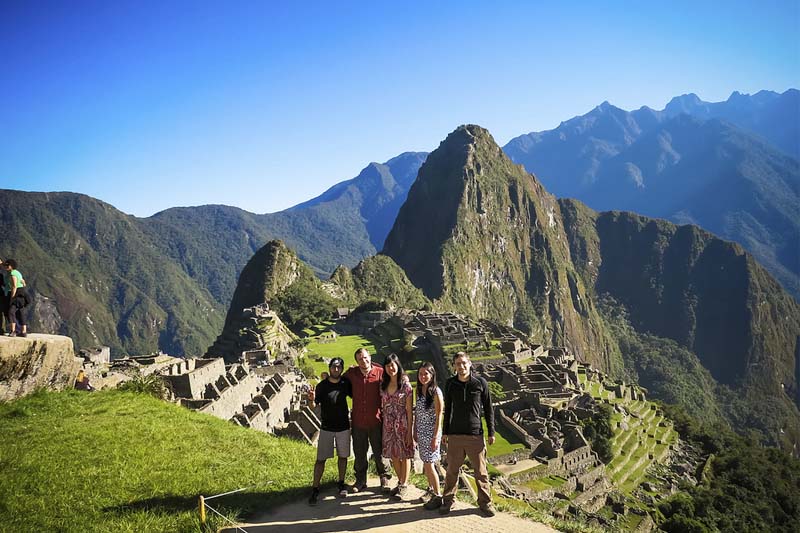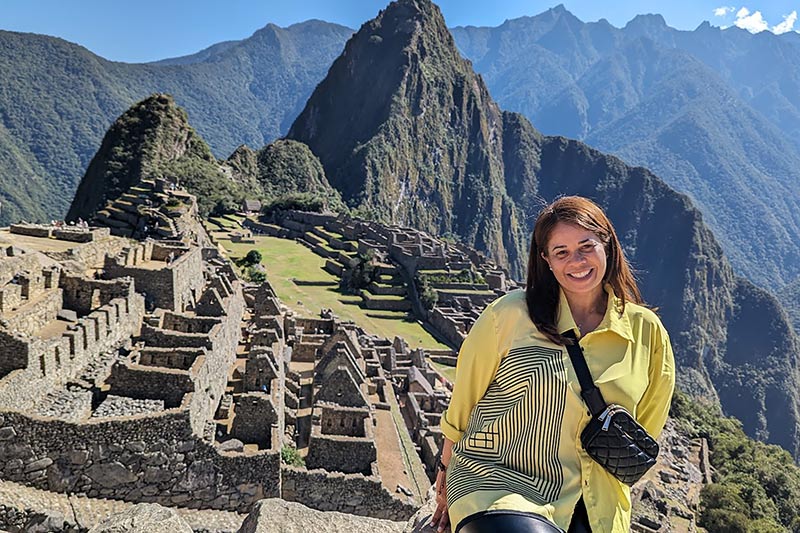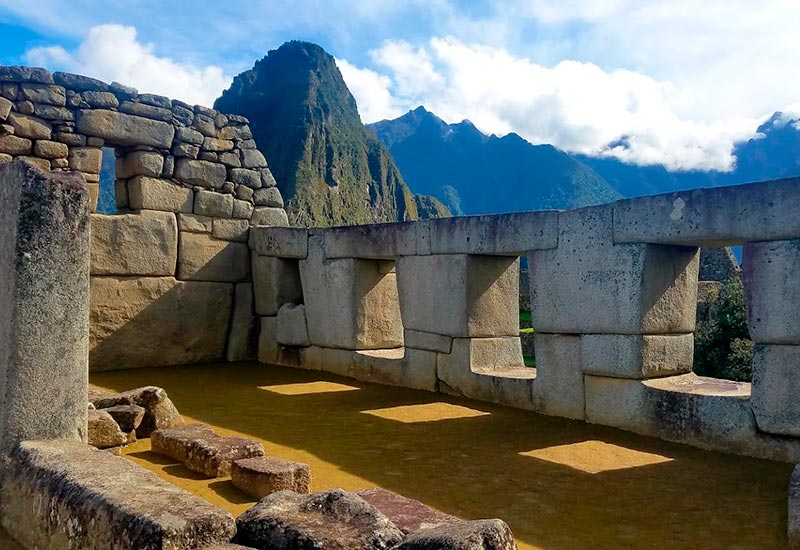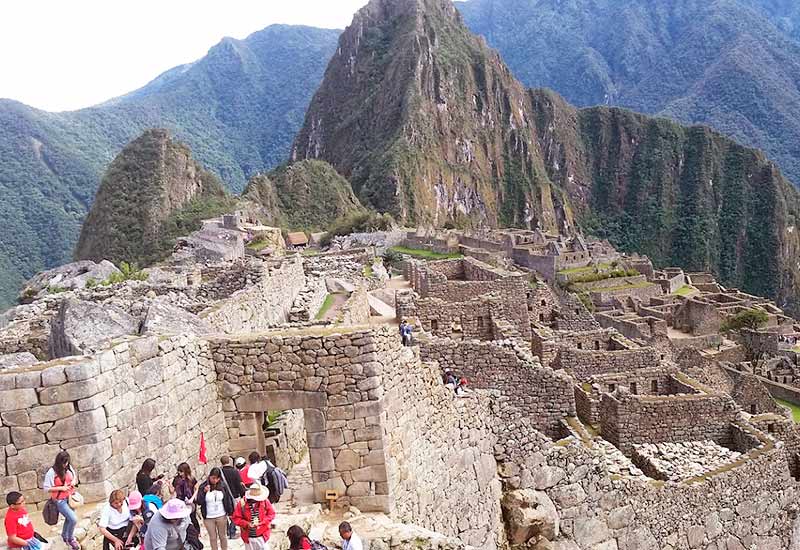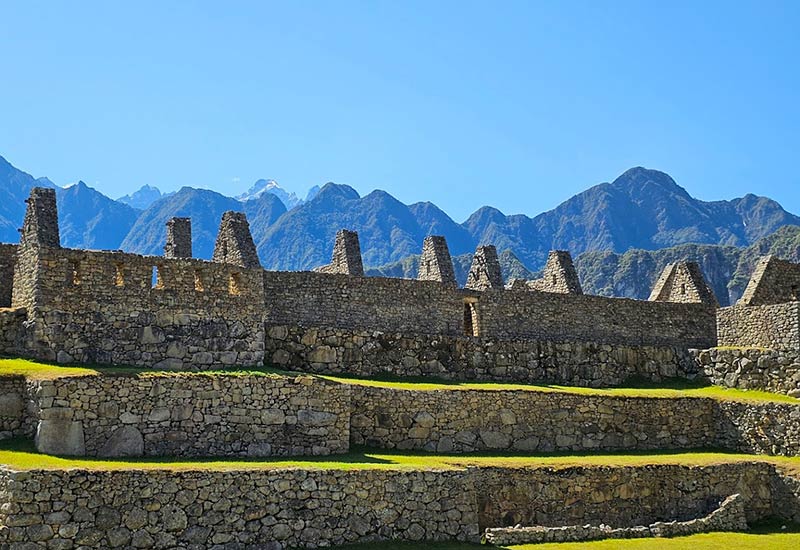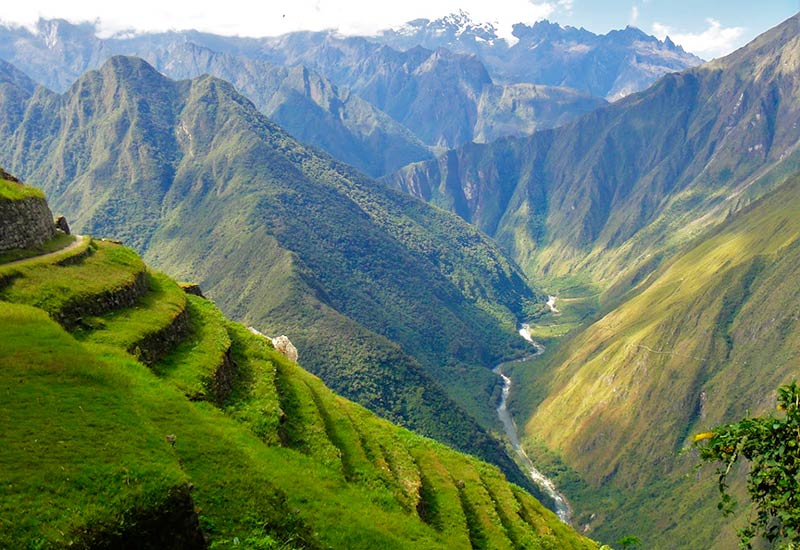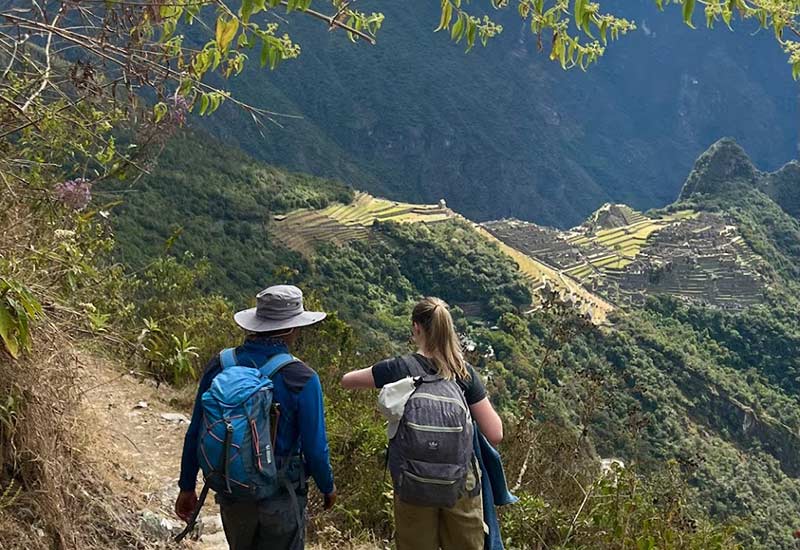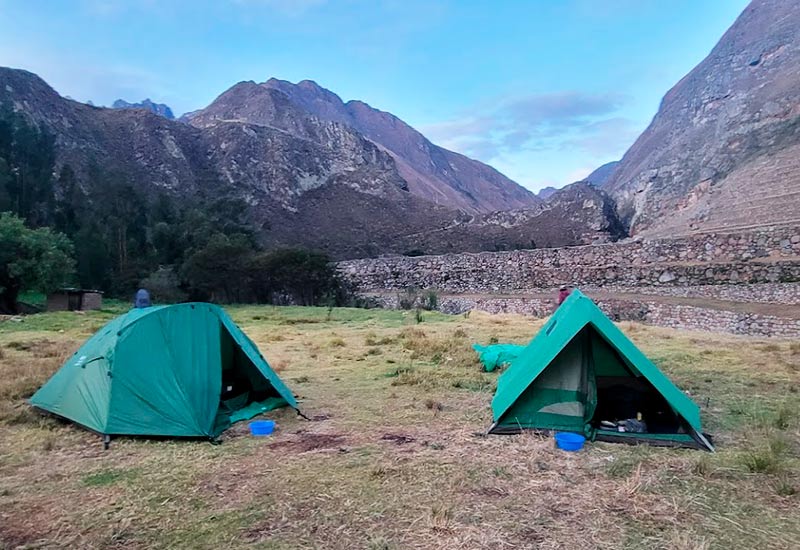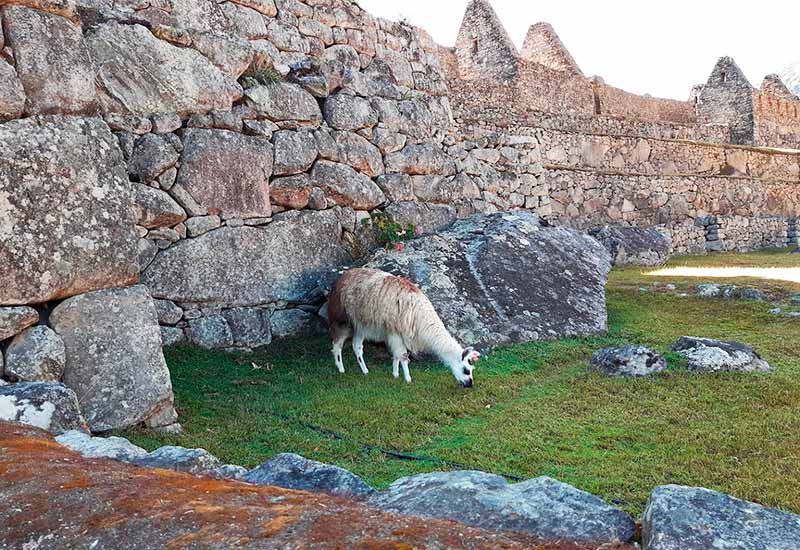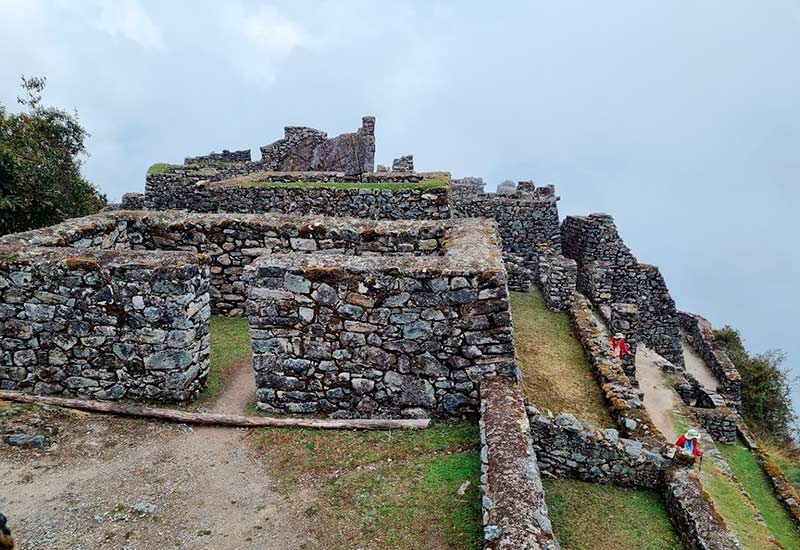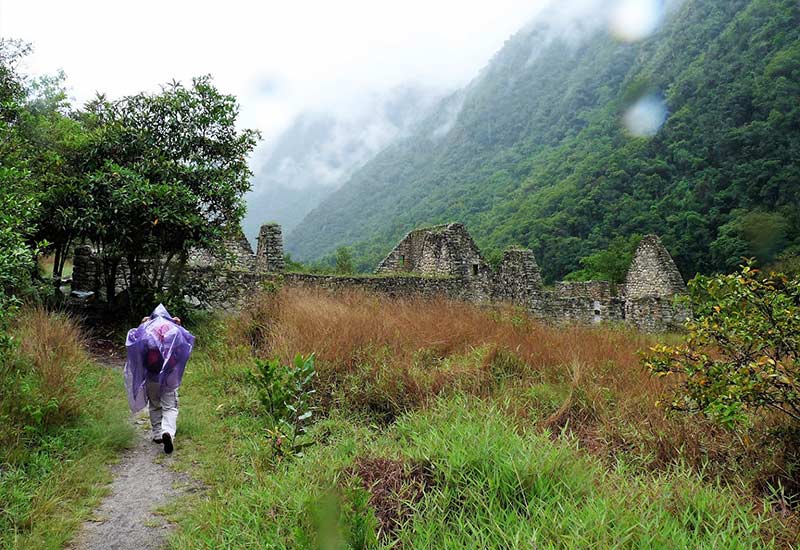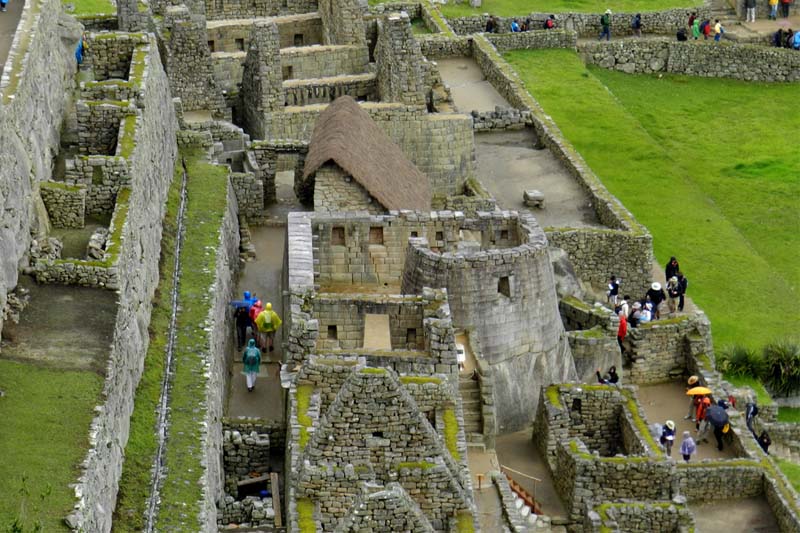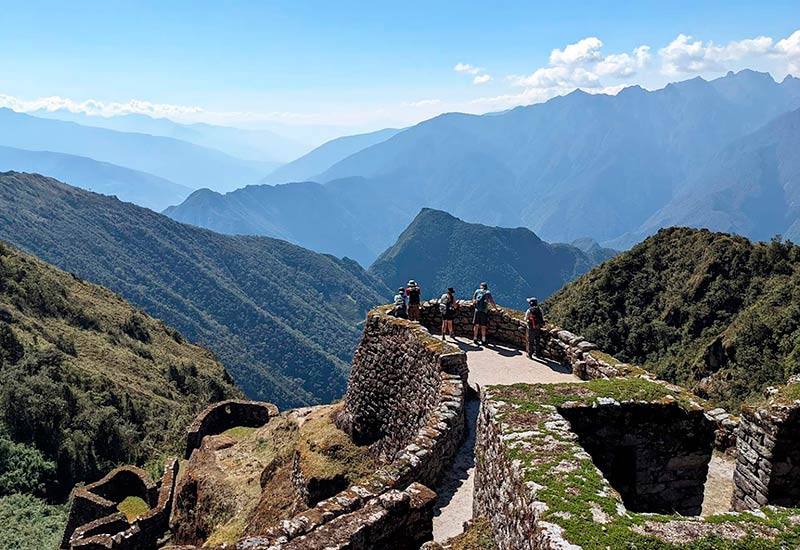When should I not go to Machu Picchu?
Coming to Machu Picchu in the rainy season has enormous advantages. Most people prefer to do it during the dry season (April to October). However, the best time to visit is precisely during the season changes: late April or early May, as well as late September and early October. On these days fewer people are offered, good weather and better prices.
- The rainy season in Machu Picchu?
- The closure of the Inca Trail?
- Natural disasters in Peru?
- Protests in Peru?
- Tickets to Machu Picchu sold out?
- Frequently asked questions about the date of visiting Machu Picchu
- Photo gallery
Machu Picchu can be visited every day of the year, even on Sundays and holidays. Although there are some times of the year where the weather is not the best or the situation jeopardizes a good experience; the Inca citadel is usually open. Because of this, any time is ideal to meet her. Machu Picchu is one of the best tourist destinations on the planet and it is worth visiting in the rain, in the intense sun or on any day of the year.
The rainy season in Machu Picchu?
- Like most of the subtropical regions of the Andes Mountains, in Machu Picchu there are two seasons; the dry season (from April to October) and the rainy season (from November to March).
- The dry season, as its name indicates, takes place with few cases of rain. This enhances outdoor experiences such as: hiking trails, visits to archaeological sites and, of course, the tour of the Inca citadel of Machu Picchu.
- The rainy season, on the other hand, is characterized by the greater frequency of fluvial precipitations during the day. The rains are heaviest in January, February and March. These make outdoor excursions difficult, such as a visit to Machu Picchu.
- In addition, in the rainy season the so-called ‘huaicos’ or landslides can occur on the route to Machu Picchu by Hydroelectric (through the jungle of Cusco). Due to this, it is not recommended to do this route in January, February and March. The rest of the year, yes.
- The worst consequence of the rains in Machu Picchu is the impossibility of getting the classic photo of the Inca citadel. It is that the clouds can cover the beautiful landscape of Machupicchu with a white blanket.
- However, the rainy season offers positive aspects in the trip to Machu Picchu: the landscape of the Inca citadel becomes greener. In addition, due to the low demand from tourists, prices tend to drop, making the trip cheaper.
The closure of the Inca Trail?
- The Inca Trail is a 4-day and 3-night trekking route along the famous qhapac ñan (royal roads) built by the Incas until arriving at Machu Picchu after 39 kilometers on foot. This route is considered one of the best on the planet.
- The Inca Trail runs every day of the year with the exception of February, the rainiest month of the year. On those days the Peruvian authorities organize the cleaning and maintenance of the route. Thus, in addition, possible accidents are avoided due to the constant rains in February (the rainiest month of the year in the Andes Mountains).
- In the same way, in February, care must be taken when doing other hiking trails that lead to Machu Picchu, such as: the Salkantay trek (5 days), the Lares trek (4 days), the Huchuy Qosqo trek (3 days) and further.
- However, in February Machu Picchu is still open and the best way to visit it is through the train trip through the town of Ollantaytambo. In February, the Inca citadel offers cheap prices and green landscapes ideal for unforgettable photos.
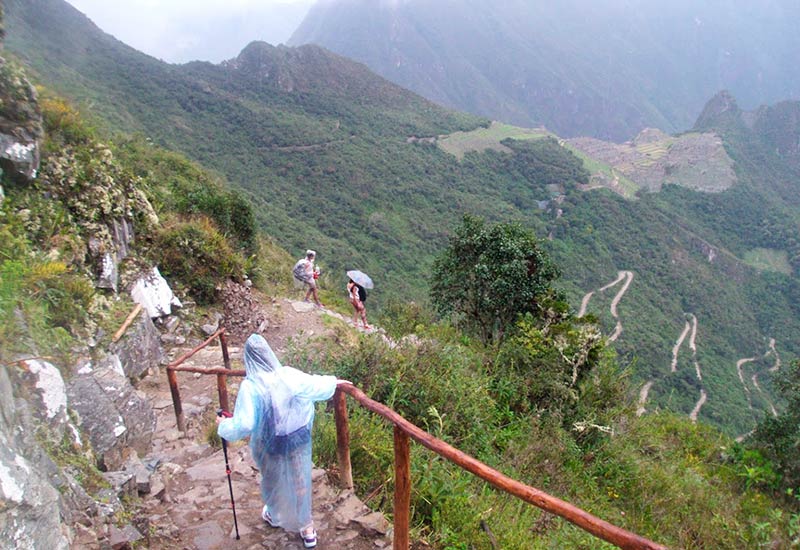
Inca Trail to Machu Picchu
Natural disasters in Peru?
- Peru, like any country in the world, is susceptible to natural disasters such as: earthquakes, mudslides and even tidal waves. In Cusco, a region located in the heart of the Andes Mountains, the most common natural phenomena are the huaicos.
- Huaicos are huge masses of mud that come off high mountains as a result of heavy rains. When they fall into rivers, they can cause overflows and block roads.
- Huaicos are not common on the route to Machu Picchu. However, they can occur from time to time, mainly on the jungle route: the Hidroeléctrica route. For this reason, it is not recommended to do this route in the months with the most rain: January, February and March. The rest of the year, the route is safe.
- Likewise, during the rainy season (from January to March), very rarely, the town of Aguas Calientes (Machu Picchu town). it remains isolated due to the rise of the Vilcanota river. On rare occasions, moreover, the fall of stones (due to the rains) can block the train tracks.
- However, these accidents caused by natural disasters are very rare. Usually the visit to Machu Picchu is done normally.
Protests in Peru?
- Peru, like many South American countries, is susceptible to social unrest for various reasons: teacher protests, farmer protests, student or worker protests in general.
- It is estimated that in Peru at least one protest can take place every year. These can cause, at least for one day, the closure of the access routes to Machu Picchu, such as roads or train tracks.
- Unfortunately protests can happen unexpectedly. Given this, some tourists are left without the opportunity to get to know Machu Picchu.
- However, many tourism agencies seek to provide solutions to these uncontrollable problems. Given this, there are many departures at dawn (after 3 in the morning) in order to avoid roadblocks . Even some tourism agencies offer the opportunity to reschedule trips or change the departure of the same for a day before or after.
- Although the protests can cause the discomfort of the tourist, they do not represent a real danger for the visitor. Demonstrations are held in specific areas of some cities. No tourist was injured as a result of these demonstrations.
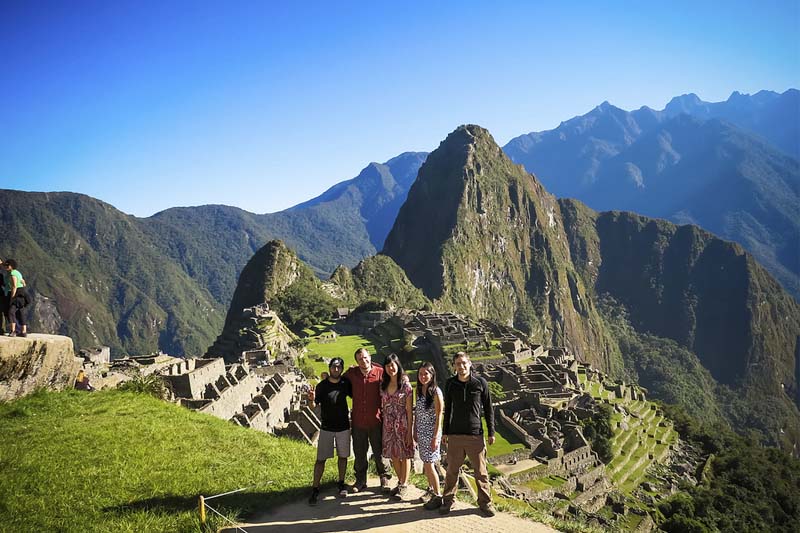
Classic Photo of Machu Picchu
Tickets to Machu Picchu sold out?
- One of the main causes that tourists give up on their trip to Machu Picchu is the low availability of tickets. This, in turn, causes tickets to sell out weeks or even months in advance.
- However, few tourists know that there is the possibility of buying tickets to Machu Picchu in person in the town of Aguas Calientes (Machu Picchu town).
- This town offers a thousand tickets a day for purchase in person. However, it should be noted that the sale is made not for the same day but for the next. That is, the tourist must stay at least one night in the town in order to get their ticket for the next day.
- The sale of tickets to Machu Picchu in person in the town of Aguas Calientes is carried out with the ticket holder present showing his passport or valid identity document.
- Likewise, tickets are limited, so it will always be recommended to purchase online a few months in advance.
Frequently asked questions about the date of visiting Machu Picchu
When is the best time to visit Machu Picchu?
The best date to visit Machu Picchu is during the dry season, when the rains are not frequent and tourists can better carry out the different tours outdoors and surrounded by nature.
On what date is Machu Picchu closed?
Machu Picchu does not close. It is open every day of the year, including Sundays and holidays. It can only be closed for exceptional cases of protests or natural disasters.
And on what date is the Inca Trail closed?
The Classic Inca Trail (4 days) trekking route to Machu Picchu is open every month with the exception of February, when the rains mean that the route has to be maintained through cleaning and security work.
When should you not do the Inca Trail to Machu Picchu?
The Inca Trail to Machu Picchu can be walked every month (except February). However, January and March, because they are rainy months, are not very popular with tourists.
What days are holidays in Machu Picchu?
In Peru, as in Machu Picchu, the holidays (non-working holidays) are: New Year (January 1), Holy Week (late March or early April), Labor Day (May 1), San Pedro and San Pablo (June 29), National Holidays (July 28 and 29), Battle of Junín (August 6), Santa Rosa de Lima (August 30), Combate de Angamos (October 8), All Saints ( November 1), Immaculate Conception (December 8, Battle of Ayacucho (December 9) and Christmas (December 25).
When is it cheaper to visit Machu Picchu?
Machu Picchu offers static rates throughout the year. However, in the rainy season (from January to April), some flight and hotel prices tend to be cheaper.
On what date is the Salkantay route closed?
The 5-day Salkantay trek to Machu Picchu is a route that is open every day of the year.
On what date is it not advisable to visit Cusco?
Cusco can be visited every day of the year. The ‘Archaeological Capital of America’ is one of the best tourist destinations in Peru and the world.
Advice from people who have been there
 By: Luiz M.
By: Luiz M.“you can't stop going“
“It is a place that you cannot miss; The first thing is to book the tickets in advance and get a good guide at the entrance. Arriving early will give you time to explore it everywhere. I recommend, if you have energy, to go up to the Puerta del Sol; this place offers unique views of Machu Picchu. We came during the rainy season, but not a drop fell until we were in Ollantaytambo, back to Cusco.“
By Ticket Machu Picchu – Last updated, August 24, 2023
